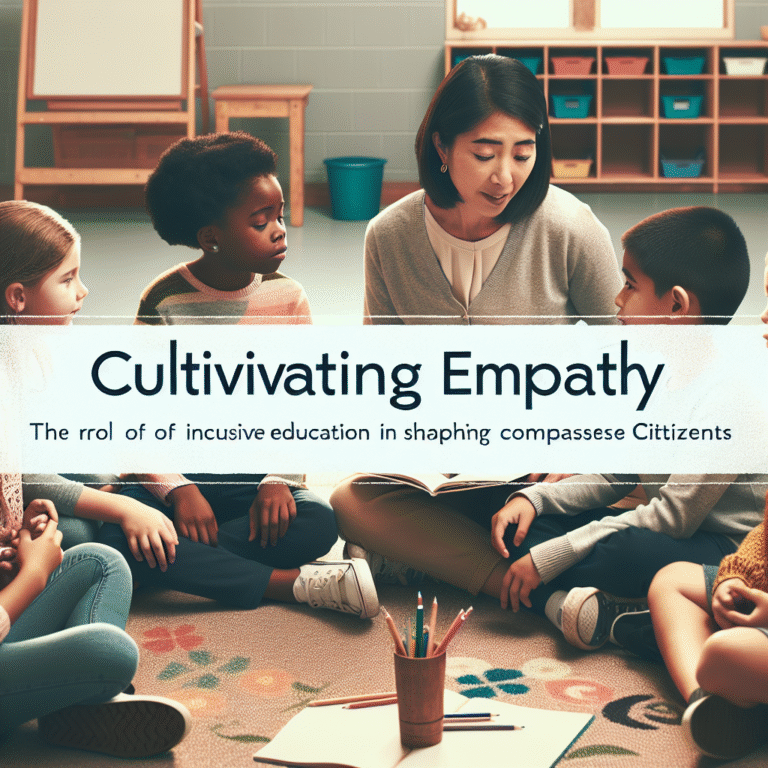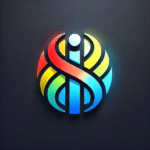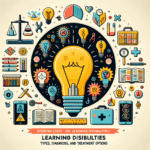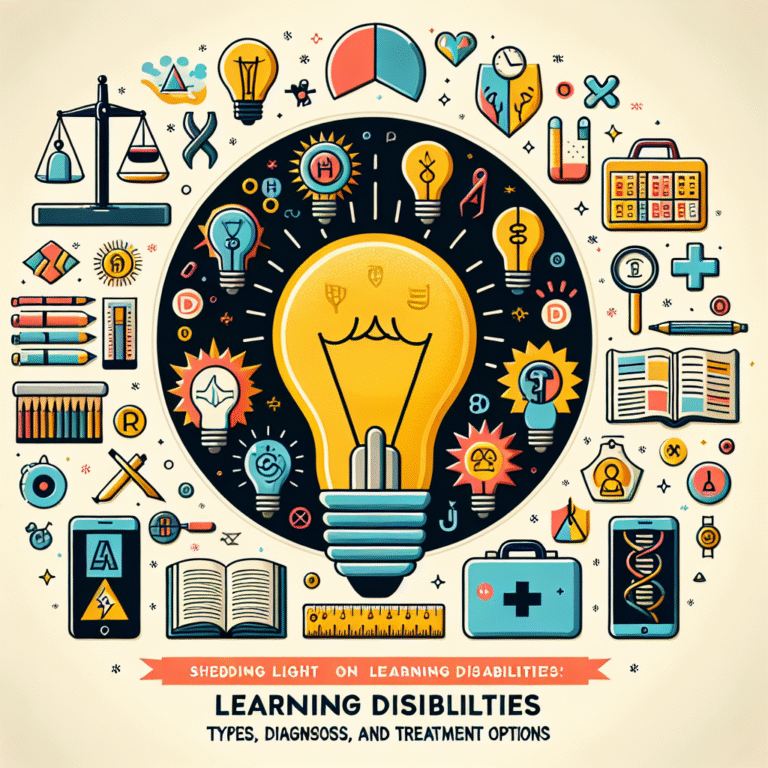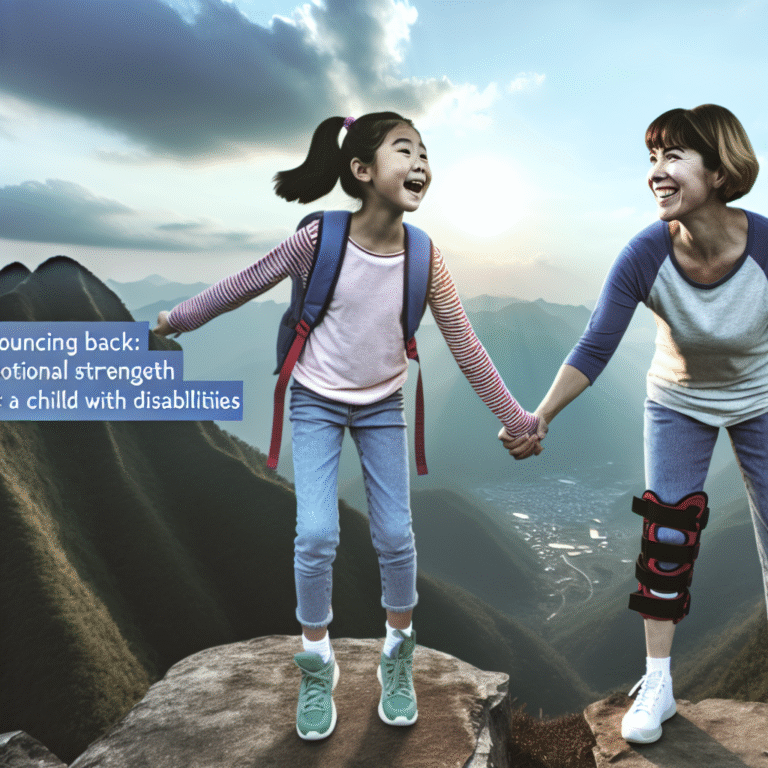
Introduction
In a rapidly evolving educational landscape, conventional grading systems have come under intense scrutiny. As we delve deeper into what it means to measure educational outcomes, the conversation shifts from mere numbers to meaningful insights about learning. The focus now is on understanding an individual’s knowledge, skills, and growth journey rather than just their performance on tests. This article explores innovative approaches to educational measurement that go beyond grades, aiming to shed light on valuable alternatives that can enhance student success and well-being.
The Limitations of Traditional Grading Systems
Understanding the Context
For decades, grades have been the cornerstone of educational evaluation. Perhaps you recall the anxiety of waiting for report cards or the relief that followed a high score. However, traditional grading systems often fail to capture the complete picture of student abilities. A simplistic A-F scale can minimize creativity, critical thinking, and collaboration—all essential skills in today’s world.
Case Study: The Impact of Grades on Student Motivation
A recent study by researchers at Stanford University revealed that students who received letter grades became less motivated over time, associating success solely with numerical values. This phenomenon negatively impacted their drive to learn, highlighting a critical need for innovative approaches.
Summary Table: Drawbacks of Traditional Grading Methods
| Limitation | Description |
|---|---|
| Encourages Comparison | Fosters a competitive atmosphere that may demotivate students. |
| Reduces Complex Skills | Oversimplifies diverse abilities into a single letter. |
| Fails to Provide Constructive Feedback | Often lacks personalized insights necessary for growth. |
| Promotes External Motivation | Shifts focus to grades rather than intrinsic learning. |
Innovative Approaches to Educational Measurement
1. Formative Assessment
What is Formative Assessment?
Formative assessment refers to a range of evaluative measures conducted while learning is taking place. Unlike traditional assessments, which often assess end performance, formative assessment is dynamic and focuses on ongoing feedback.
Case Study: The Success of Formative Assessment in Schools
An elementary school in California implemented formative assessments in mathematics, emphasizing peer review and self-assessment. Over a year, student engagement scores rose by 40%, demonstrating not only improvement in mathematical understanding but also in enthusiasm for learning.
2. Portfolio Assessment
Defining Portfolio Assessment
A portfolio is a curated collection of a student’s work, showcasing their learning journey, including drafts, projects, and reflections. This approach allows students to demonstrate their knowledge in various formats, providing a holistic view of their capabilities.
Real-World Example: Using Portfolios in Arts Education
A high school arts program replaced traditional grading with portfolio assessment. Students documented their process, from initial sketches to final projects. The result? Increased student ownership over their work and deeper appreciation for the learning process.
3. Competency-Based Education (CBE)
What is Competency-Based Education?
Competency-Based Education breaks learning down into specific skills and knowledge areas, allowing students to progress upon demonstrating mastery. This model prioritizes individual learning paths over standard timeframes, tailoring education to each student’s needs.
Case Study: CBE in Action in Higher Education
Western Governors University, an online institution, employs CBE, allowing students to advance as soon as they prove their understanding. This approach has resulted in increased graduation rates and lower costs for students, showcasing the potential benefits of moving beyond grades to assess educational progress.
4. Peer and Self-Assessment
Understanding Peer and Self-Assessment
Peer and self-assessment allow students to evaluate their own or each other’s work within the classroom. This practice promotes critical thinking skills and encourages deep reflections about the learning process.
Case Study: Empowering Students through Peer Assessment
A middle school in New York implemented peer assessment in their language arts program. Students reported feeling more confident in their evaluations, leading to improved writing skills and stronger collaborative relationships among peers.
5. Digital Badges and Micro-Credentials
What are Digital Badges and Micro-Credentials?
Digital badges and micro-credentials validate smaller, specific skills rather than overarching knowledge, making learning achievements visible and portable. This approach gives students recognition for mastering specific competencies.
Case Study: Pioneering Badges in Career and Technical Education
A local community college introduced digital badges for their technical programs, allowing students to earn credentials for each skill mastered. Enrollment skyrocketed as students recognized the value of tangible skills that could lead directly to employment opportunities.
Shifting the Narrative: Moving Beyond Grades
Emphasizing Growth Mindset
Implementing innovative assessment strategies encourages a growth mindset, fostering resilience and a passion for lifelong learning. Education should celebrate progress and the intrinsic joy of discovering new skills.
Building Relationships through Assessment
Redefining educational measurement also emphasizes the importance of relationships within the educational environment. Innovative approaches promote meaningful conversations between educators and students, ensuring personalized learning experiences.
Conclusion
The conversation around educational measurement is evolving, and with it a plethora of innovative approaches that help us look beyond grades. Adopting formative assessments, competency-based learning, digital badges, and other strategies not only enhances learning experiences but also prepares students for the complexities of real-world challenges.
As educators, parents, and policymakers, our focus should be on fostering an environment where learning is celebrated and where students are equipped with the skills they need to thrive, not defined by a single letter. Join the movement toward a more holistic approach to educational measurement, where every learner’s journey is valued and recognized.
FAQs about Beyond Grades: Innovative Approaches to Educational Measurement
1. What are the key benefits of moving beyond traditional grading systems?
Shifting to innovative educational measurement approaches encourages personalized learning, enhances motivation, and fosters a growth mindset, which can ultimately lead to increased student engagement and success.
2. How can schools implement formative assessments effectively?
Schools can implement formative assessments by integrating regular feedback loops, using tools like learning journals, and encouraging peer reviews to create an environment of continuous improvement.
3. What role do portfolios play in educational measurement?
Portfolios provide a holistic view of a student’s learning journey, showcasing their progress, reflection, and mastery of skills in various formats.
4. Are digital badges recognized by employers?
Yes, many employers value digital badges as they indicate specific skills and competencies relevant to the job market, making them a powerful tool for showcasing qualifications.
5. How can educators support the transition to competency-based education?
Educators can support this transition by embracing flexible learning paths, fostering a culture of mastery over rote learning, and providing resources that enable students to track their competencies.
By exploring these innovative approaches to educational measurement, we can better equip students for future success and foster a more engaged, inspired generation of learners. Let’s envision a world where education is not just about grades but is a transformative journey that inspires curiosity and a love for learning.








